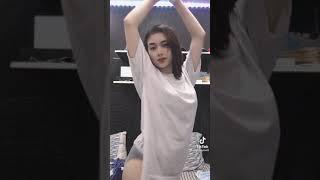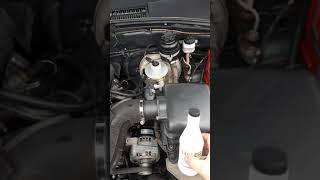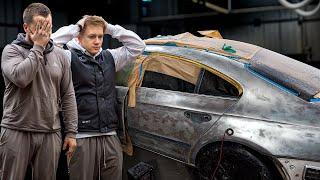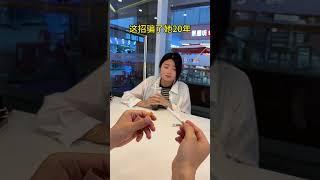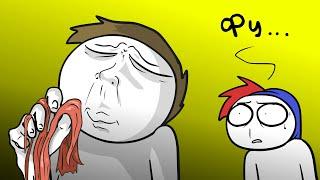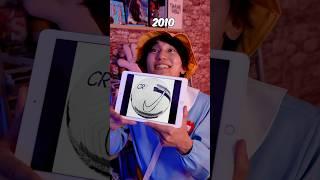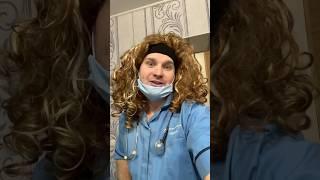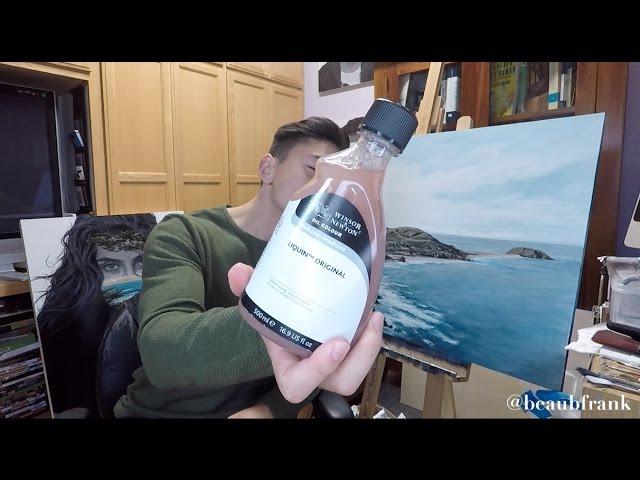
How to use Liquin Medium in Oil Painting - Intro for Emerging Artists - Episode 08
Комментарии:

I stopped buying the large bottles, I always ended up with 1/4 f it left in the bottom dried out and unusable.
Ответить
Nice painting!
Ответить
Mix 1 part liquin and 3 parts paint very well before hand so the paint and liquin bonds properly. The way you're doing it, you're going to have a yellowed painting.
Ответить
Yikes! You're using way too much liquin. Liquin will yellow if you're not using the right ratio of it and paint. 1 part liquin to 3 parts paint and you should have no problem. If you use too much your painting will yellow.
Ответить
You’re adorable. Thank you for the video.
Ответить
Luquin is for faster drying.. not fir transparency
Ответить
Excelent explanation!
Tks
Hug

Is liquinn for acrylics or oil paint
Ответить
Thanks for the video! One question: Do you use the same amount of liquin in every layer? Or does it has a rule of quantity?
Ответить
Was researching liquin but found the love of my life
Ответить
Good instruction. Thank you. I like your work, but I'd get away from the black as much in your color mixing. At lease on the seascape in the video. I'll go check out your website.
Ответить
Thanks for this, Beau. This info is exactly what I've been looking for.
Ответить
I'm in my 70s and have painted with oils my entire life. A mentor taught me a trick years ago that I've used ever since. I mix equal part of linseed oil, Damar varnish and rectified turp. This combo works extremely well for applying strong colors as well as glazes and tints. I have a few pieces that are over 50 years old and they show no signs of yellowing. Plus, it leaves a nice, consistant sheen to the paint. I have used Liquinn with acrylics and I'm going to give it a try on oils. Great video, BTW.
Ответить
Thank you for being so detailed!!
Ответить
Do you aways dip into the liquin or mix it into your colors first?
Ответить
Is there a limit to how many layers of liquin you can use in a painting eg can you use liquin in all your colours all over the canvas and keep building up the layers. Will there be a problem with it flaking away from the base layer of canvas?
Ответить
How does liquin apply to the fat on lean principle? Do you use the same amount of liquin for each layer and just wait for that layer to dry to then go over it with another? I've been very confused
Ответить
Can you use liquin over other oil layers that don’t have it?
Ответить
u look toooooooooooo cute... and those dimples are just wow
Ответить
What if the liquin inside the bottle gets dried off.?
Ответить
What if you want to use linseed as well, in junction with liquin?
Ответить
Linseed oil is not a drying agent, it's a binder for the colour pigment.
Ответить
I have an older bottle of Liquin and it turned brown. Should I toss it? What happened?
Ответить
Hi I heard u can use baby oil to clean ur brushes instead of turpentine. Is this true? Do u really need turpentine?
Ответить
Thank you for this advice
Ответить
Thanks for this tutorial. It is helpful. However, I would like to warn those who are chemical sensitive out there. Please wear protective rubber gloves when using this substance. It is dangerous and made me horribly ill! Please read the warning label carefully on the bottle before using.
Ответить
Thanks.
Ответить
It costs 20$ at the hobble lobby by my house. It goes on sale every other week at hobby lobby
Ответить
Thanks for this.
Ответить
Have you ever tried Water Mixable Oils....?
Ответить
This bottle is interesting, so you don't waste time waiting for the paint to dry.
Ответить
Do you use it after you are finishing the painting or all the time painting?
Ответить
So, about the fat over lean rule, should I use less and less liquin in each new layer?? Or is it ok to use liquin in all layers and then use it to glaze too?
Ответить
Thank you for that info. And I love your paintings, absolutely beautiful
Ответить
Hi so I can use liquin for all the layers without thinking about fat over the lean rule? So it's kinda like using water for acrylics? I only bought this medium with oils I painted my first layer but I am not sure how to paint the next because of the far over lean rule? Can you please just say yes, you can use only liquin for all layers or no. This will help me so much. Sorry I can't understand the video very well thats why I ask. Thank you for the time ✨
Ответить
hi! How do you dispose paper towels or rags that have been in contact with liquin? No one seems to be answering my question :(
Ответить
sir plz give details of products with name for oil painting 🙏🙏🙏❤️
Ответить
It's not a drying agent , it's a alkyd resin in solvent . Metal salts are drying agent .
Ответить
I made the "mistake" of buying Liquin as my first ever medium (I was trying to decide between linseed oil or liquin while I was in the store, and choose liquin). Days later, I look into it more to see how I would use it, and learned just how toxic it was (apparently it's one of the most toxic mediums?). The place I expected to paint doesn't have very good ventilation, so I haven't even tried painting in oils nor have I ever used the medium because I'm too scared of the toxicity & am confused as to how I would dispose something that toxic at the end (like extra oil paints or leftover, used liquin) I'd rather start once I know exactly what to do after I stop, but idk
Ответить
How do i use this if i want to do a i direct painting with many layers? Do i add more oil for each layer?
Ответить
I don't clean my brushes, I dab/clean them with linseed oil after using liquin,wrap them in saran wrap,then freeze them. In my next painting session, I do the reverse by dabbing/cleaning them with liquin. Brushes don't seem to wear out that way.
Ответить
Liquin is an Alkyd which is only good for speeding the drying process of Oil Paunt.
Ответить
is gamsol the same as terpenoid? to clean brushes while using liquin?
Ответить
As it turns the paints into a semi transparent paint or glaze, do you use paint straight out of the tube for blocking in and only use liquin for the modelling and detail stages, or do you just reduce how much liquin original you are using?
Ответить
Just found your channel,glad I did. Looking forward to seeing more
Ответить
Hi, I want to start oil painting. The thing that I understood after reading stuff is that u gotta mix linseed oil with turpentine to create a medium and use that medium with oil paint like we use water with watercolors.
If I use this liquin thing then do I have to mix it with any other liquid or just add it to the paint and start painting? Any help would be appreciated a lot coz I'm very confused with all types of liquids involved with oil paints.

Liquin for life!
Ответить
Any chance you can do a tutorial for the painting in this video? It's beautiful!
Ответить
I used this once but the places on my oil painting that I used it look glossy now. Any way to avoid that?
Ответить


